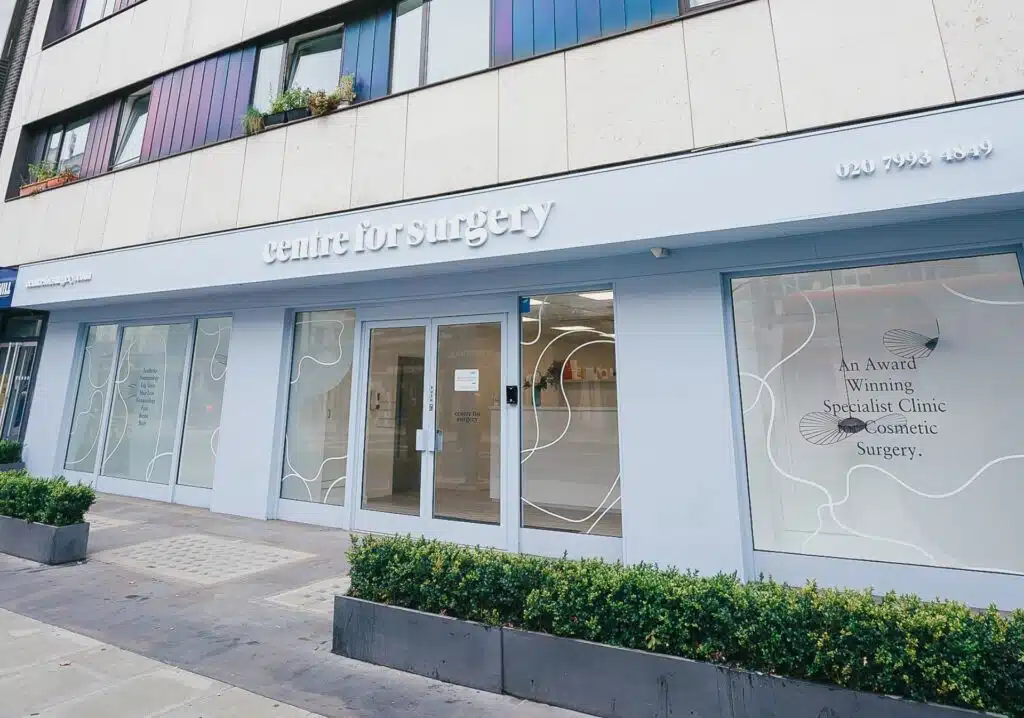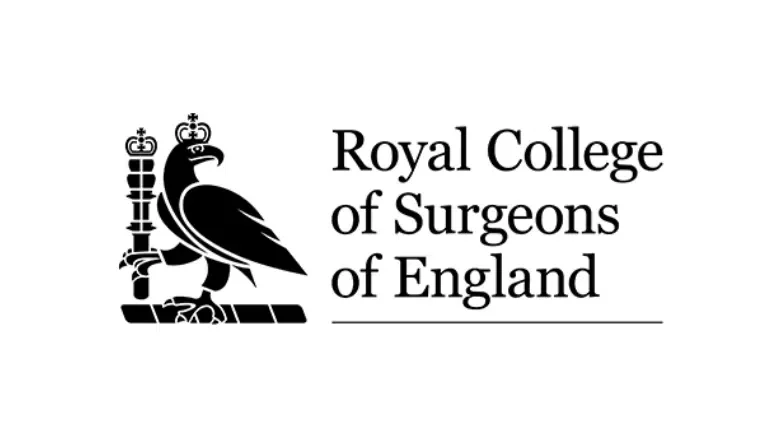Fat transfer results are long-lasting when performed by an expert fat transfer surgeon in London. Your fat transfer surgeon will give you a clear idea of how long your results could last when you are assessed at your face-to-face consultation.
Are fat transfer results permanent?
Fat transfer is a permanent solution to address areas of volume loss. It is important, however, to bear in mind that not all fat will survive in its new location. Fat transfer surgery must be performed by a plastic surgeon who is experienced in the technique to ensure the best fat cell survival rates. Removing fat using liposuction is a key initial step of the fat transfer procedure, and it is important that liposuction is carried out in a gentle manner to maximise the survival of the delicate fat cells. Every type of fat transfer procedure will involve a small amount of fat reabsorption, and this varies between 20 and 40% on average. Once healthy fat is retained in the injected area, it will behave just like normal fat and be subject to an increase or decrease when you gain or lose weight. As with all types of fat, fat cells may begin to decrease over time as part of the natural ageing process; however, it may take many years before this begins to happen, especially in younger patients.
RELATED: What types of fat transfer can I have?
Factors that can affect fat transfer results
- Type of fat transfer technique used – macro fat grafting is used for large-volume fat transfer, such as for fat transfer to the buttocks or breast fat transfer. Microfat and nanofat are more appropriate for face fat transfer.
- Surgeon skill and experience – specialist fat transfer surgeons, are better placed to carry out fat transfer procedures with the highest fat cell survival rates. The technique of carrying out liposuction and the purification process used before fat injection are key steps which must be performed meticulously. An experienced fat transfer surgeon will know how to carry out these steps with skill and precision.
- Your overall state of medical health – fat that has been transferred must establish itself in the new location with the development of a blood supply to ensure the fat cells receive nutrients leading to their long-term survival. Once this process has occurred, fat transfer is a permanent procedure. There is always a small percentage of fat which does not survive the fat transfer, and your overall state of health can impact this with smokers and those with chronic medical conditions such as diabetes having much lower rates of fat cell survival.
- Breast Implants vs Fat Transfer
The principle with any fat transfer procedure is to inject fat into areas which have the best blood supply. This is why fat transfer to the face is such a successful procedure, as the blood supply to the face is very highly developed, which means any transferred fat has a very high rate of survival. Fat transfer to the buttocks, also known as a Brazilian butt lift, has lower rates of fat cell survival due to the less well-developed blood supply.
How long does fat transfer to the buttocks last?
Fat transfer to the buttocks, also known as a Brazilian butt lift or BBL, is a popular body contouring procedure at the Centre for Surgery in London. The procedure involves the removal of fat from the abdomen, hips, and thighs as part of a 360-degree liposuction, followed by the injection of fat into the buttocks. The Brazilian butt lift is a permanent procedure and should last for many years once the fat has become integrated into the existing buttock fat. Unlike a non-surgical buttock lift using Sculptra, the Brazilian butt lift does not require further top-up procedures later. You must not sit on your buttocks for the first two weeks after a BBL procedure to maximise the survival of transferred fat.
RELATED: Is the Brazilian Butt Lift Safe?
RELATED: Is a Brazilian Butt Lift Permanent?
What are the side effects of fat transfer?
There are a number of recognised side effects with any fat transfer procedure, regardless of where the fat is injected. Fat transfer is a very safe procedure by an expert surgeon at Centre for Surgery in London. Typical fat transfer side effects include:
- A mild degree of bruising and swelling, which will settle down after the first two weeks
- Temporary numbness, most commonly as a result of post-operative swelling
- Tiny incisions are used for fat transfer surgery, and these will become inconspicuous over time
- Some fat may be reabsorbed by the body leading to reduced volume enhancement over the first two weeks. Any fat that survives the first four weeks can be considered to be permanent.
RELATED: Is the fat transfer procedure painful?










